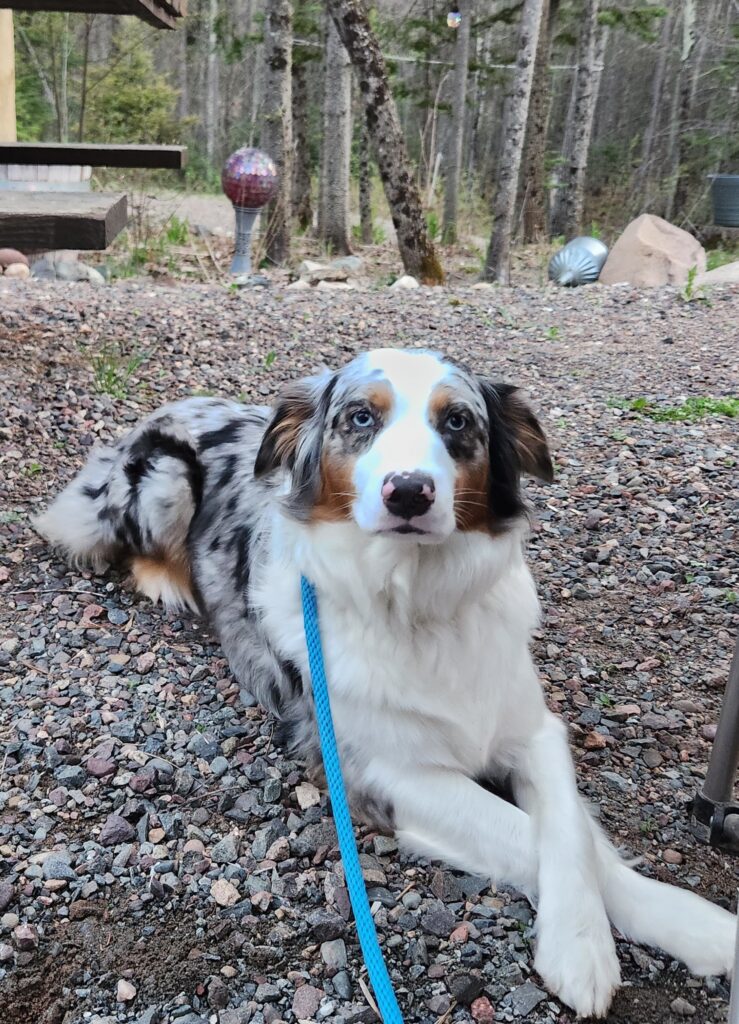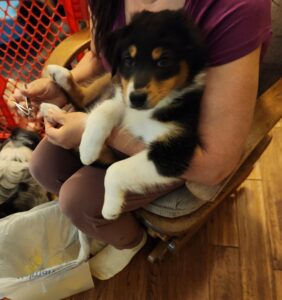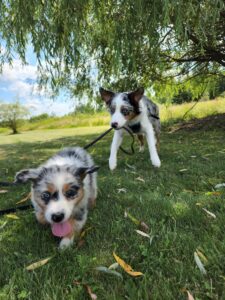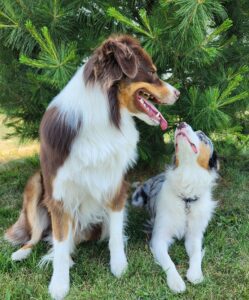Training a puppy is one of the most rewarding experiences for an owner, but many people wonder when can I stop training my puppy? The truth is, training is a lifelong process. Just as we continue to learn throughout our lives, dogs do too. This ongoing education helps reinforce good behavior, strengthens your bond with your puppy, and ensures their safety. In this article, we’ll explore why you should never stop training your puppy, and how to keep the process engaging and effective.
The Lifelong Journey of Training
Training your dog is not something you finish; it’s something you maintain throughout their life. Think of training as similar to building muscle. Through repetition, behaviors become stronger and more natural, much like muscle memory. Each time you reinforce a command, you’re strengthening the neural pathways in your dog’s brain, making those behaviors more instinctual. Commands like “sit,” “leave it,” and “recall” are not only essential for good behavior but can also be lifesaving in certain situations.
The Importance of Maintenance and Mental Stimulation
Maintaining your dog’s training is crucial, but it’s not just about reinforcing old commands. Training is also a fantastic way to provide both you and your dog with mental stimulation. Dogs, especially intelligent and active breeds like Australian Shepherds, thrive when they are mentally challenged. Training can be fun and engaging for both of you, whether it’s reinforcing basic obedience or teaching new tricks. Playing scent games or learning fun tricks keeps your dog’s mind sharp and makes training an enjoyable experience.
Basic Obedience: The Foundation of Good Behavior
Basic obedience training lays the foundation for a well-behaved and disciplined dog. It establishes a line of communication between you and your dog and teaches them important skills and behaviors. Here’s how to get started:
- Sit: Teaching your dog to sit on command is often the first step in obedience training. Hold a treat close to their nose and move it upward, causing their head to follow the treat and their bottom to lower into a sitting position. Once they sit, say “Sit” and reward them with the treat and praise.
- Stay: The stay command helps your dog develop impulse control. Begin with the sit position, then extend your hand in front of you, palm facing out, and say “Stay.” Take a step back and reward your dog for staying in position. Gradually increase the distance and duration of the stay.
- Down: Start with your dog in a sitting position. Hold a treat in your closed fist near their nose and lower your hand to the ground, allowing them to follow the treat. As they lie down, say “Down” and reward them.
Advanced Training Techniques
Once your dog has mastered the basics, you can move on to more advanced training techniques. These not only enhance your dog’s skills but also strengthen your bond.
- Leash Walking: Teaching your dog to walk politely on a leash without pulling is essential for enjoyable walks. This training may take a few weeks to a couple of months, depending on your dog’s responsiveness and consistency in reinforcing good walking behavior.
- Training with Distractions: Introducing distractions during training helps your dog generalize their learned behaviors and respond appropriately in different environments. Gradually exposing your dog to various distractions, such as other animals or noises, while maintaining their focus and obedience, can take several weeks of consistent training.
- Tricks and Commands: Training your dog to perform tricks or more complex commands is a fun way to bond and engage with them. Teaching tricks like “roll over” or “play dead” may require additional time and patience, but the training process can be enjoyable for both you and your dog.
The Power of Consistency
Consistency is key in dog training. Dogs thrive on routine and clear expectations. Consistent commands, cues, and training methods help your dog understand what is expected of them, reinforcing the association between the command and the desired behavior. This consistency builds trust between you and your dog, making them more responsive and cooperative.
Tips for Successful Training
To ensure your dog’s training journey is smooth and effective, here are some key tips:
- Start Early: Begin training as soon as you bring your dog home. Early training helps shape behavior and establishes good habits.
- Use Positive Reinforcement: Reward your dog with treats, praise, or play whenever they exhibit the desired behavior. This positive association encourages them to repeat the behavior in the future.
- Be Patient and Persistent: Training takes time and consistency. Stick to the routine and remain persistent, even if there are occasional setbacks.
- Keep Training Sessions Short: Puppies have shorter attention spans, so keep your training sessions brief, typically around 5 to 15 minutes. Short, focused sessions prevent boredom and help maintain their interest.
- Socialize Your Dog: Proper socialization is essential for a well-rounded dog. Expose them to various people, animals, and environments to help them become comfortable in different situations.
Conclusion
Now you have the answer to “when can I stop training my puppy” and understand that training is a lifelong commitment that requires time, effort, and consistency. However, the rewards are well worth it. By continuing to train your dog throughout their life, you not only ensure their safety and well-being but also strengthen the bond between you. Remember, training is not just about commands—it’s about building a relationship based on trust and understanding. With the right approach, training can be a fun and rewarding experience for both you and your dog.








